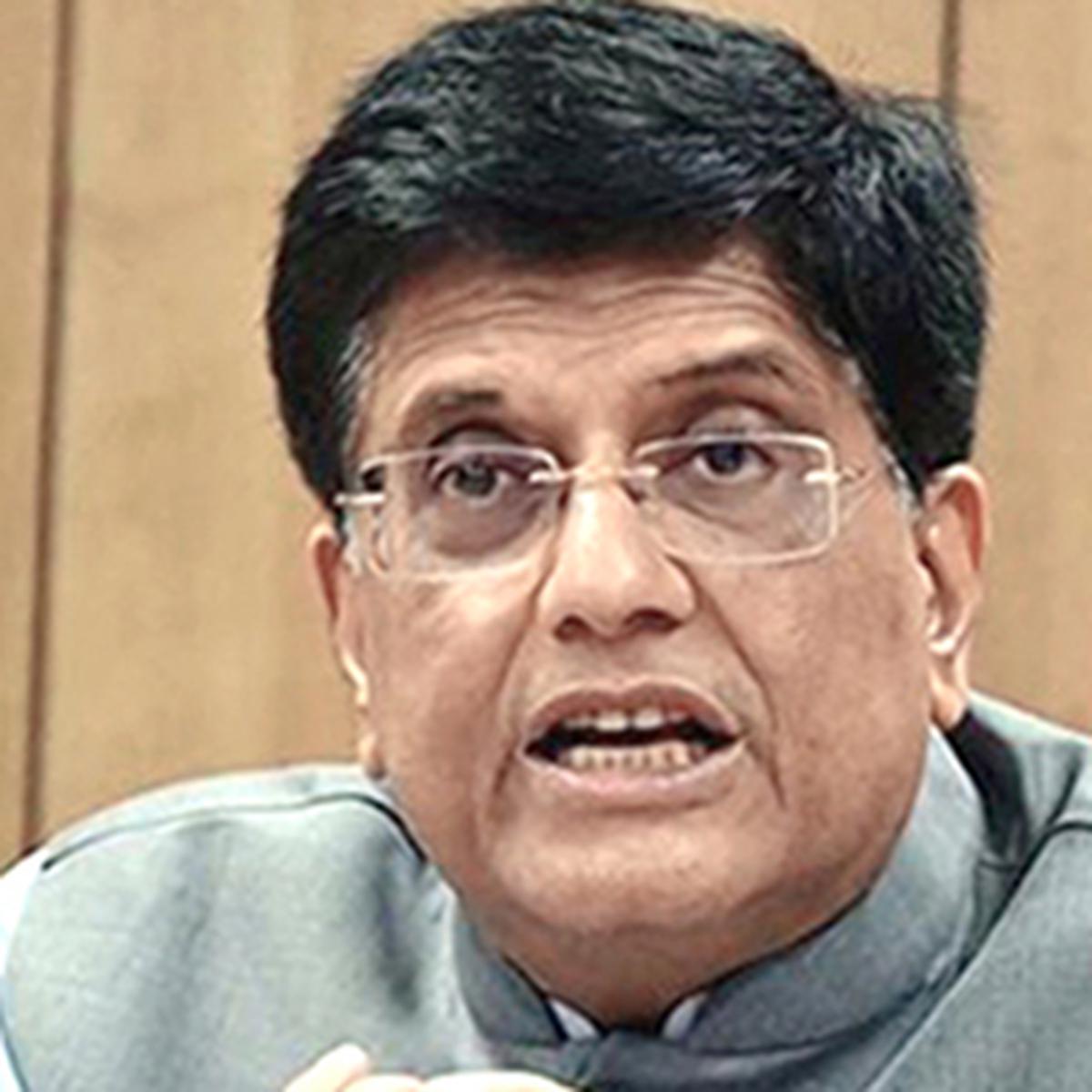India is a country that is rich in culture, history, and natural resources, but it is also a country that has a significant wealth gap between the rich and the poor. The rich-poor gap in India is a complex issue that is influenced by a range of factors, including access to education, healthcare, and employment opportunities.
One major factor contributing to the wealth gap in India is the lack of access to education for many poor individuals. Education is a crucial factor in determining one's economic success, and those who have access to quality education are more likely to secure well-paying jobs and improve their financial situation. However, many poor individuals in India do not have the same access to education as their wealthy counterparts. This is due in part to the high cost of education, which can be a significant barrier for poor families. Additionally, some poor families may not see the value in education, or they may not have the resources to support their children's education. As a result, many poor individuals in India are unable to break the cycle of poverty and achieve upward mobility.
Another factor contributing to the wealth gap in India is the lack of access to healthcare. Poor individuals in India often do not have the same access to quality healthcare as the wealthy. This is due in part to the high cost of healthcare, which can be a significant burden for poor families. Additionally, many poor areas in India do not have access to basic healthcare facilities, making it difficult for poor individuals to receive the medical care they need. This lack of access to healthcare can have serious consequences for poor individuals, as it can lead to serious health problems and even death.
The wealth gap in India is also influenced by employment opportunities. Many poor individuals in India work in low-paying jobs or are unable to find work at all. This is due in part to the lack of education and skills training, which can make it difficult for poor individuals to secure well-paying jobs. Additionally, many poor areas in India do not have a strong economic base, making it difficult for poor individuals to find work. As a result, many poor individuals in India struggle to make ends meet and are unable to break the cycle of poverty.
There are a number of efforts underway to address the wealth gap in India. One approach is to increase access to education, healthcare, and employment opportunities for poor individuals. This can be achieved through a variety of means, including providing financial assistance to poor families, improving access to education and healthcare facilities in poor areas, and creating job training programs. Additionally, there are efforts underway to address the root causes of poverty in India, such as social and economic inequality. These efforts can include initiatives to promote gender equality, reduce discrimination, and promote economic development in poor areas.
In conclusion, the wealth gap in India is a complex issue that is influenced by a range of factors, including access to education, healthcare, and employment opportunities. While there are efforts underway to address the wealth gap, it will likely take time to see significant progress. However, by addressing the root causes of poverty and increasing access to education, healthcare, and employment opportunities, it is possible to reduce the wealth gap and improve the lives of poor individuals in India.








